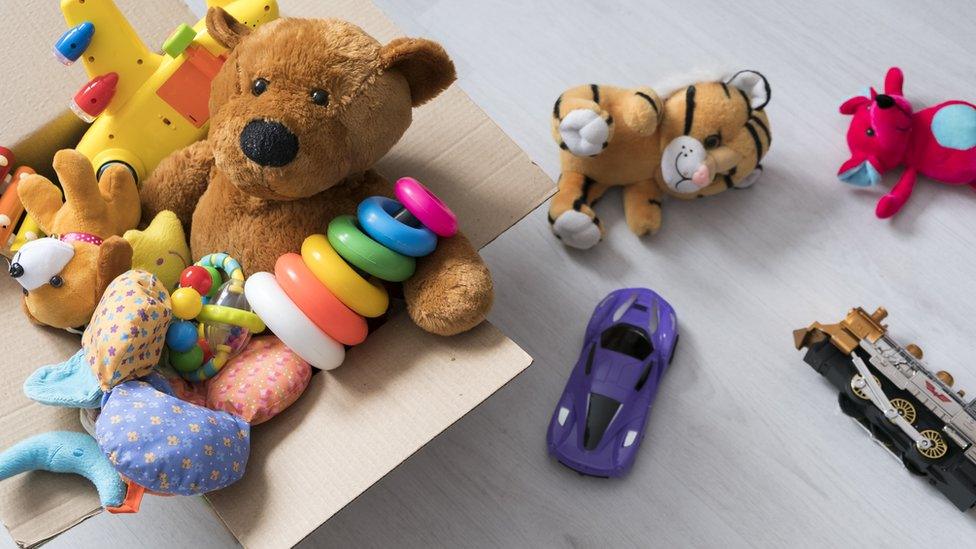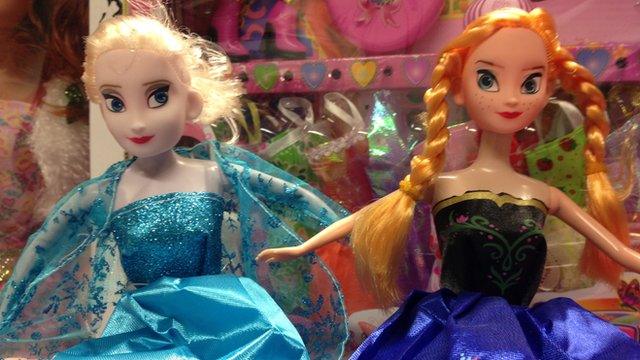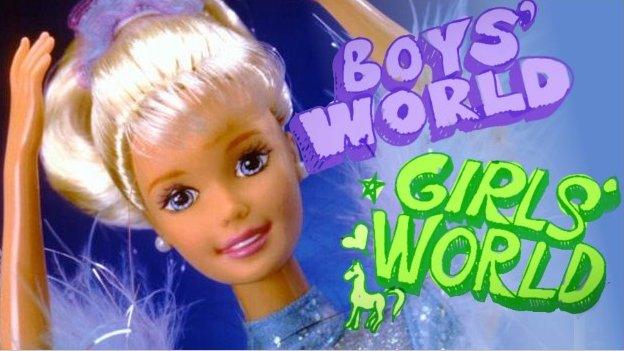Fake Christmas toys and why you shouldn't buy them
- Published
- comments
Fake toys
We all know Christmas is a time for giving and receiving presents, and if you're lucky you might be getting some toys in your stocking this year.
But shoppers are being told to avoid buying fake toys as they can be dangerous.
If you're out with your parents or someone older who is shopping, make sure they look out for the CE safety mark on toys.
The CE mark tells you the items you're buying are safe to play with.

How can you tell if toys are real or fake?
Fake toys are usually cheaper copies of real toys, which can be dangerous if they have not been through proper safety checks, and could cause injury or harm to the person using them.
The advice is to avoid cheap offers that look too good to be true, look out for spelling and grammar errors on packaging and buy from well known stores.
How to spot fake squishies
Which toys have been seized?
Fake toys such as imitation versions of L.O.L Surprise dolls have been found to contain chemicals which can damage hearing and be a choking risk.
More than 54,000 teddy bears were seized by Trading Standards teams because of choking hazards.
There were also concerns about some electric scooters that didn't have the right safety certificates and audio tech that didn't meet safe legal sound limits.
Latest figures show that more than 4.2 million fake products worth £21 million, including toys, were seized by councils in the last year.
- Published18 December 2014

- Published25 September 2013

- Published24 June 2019

